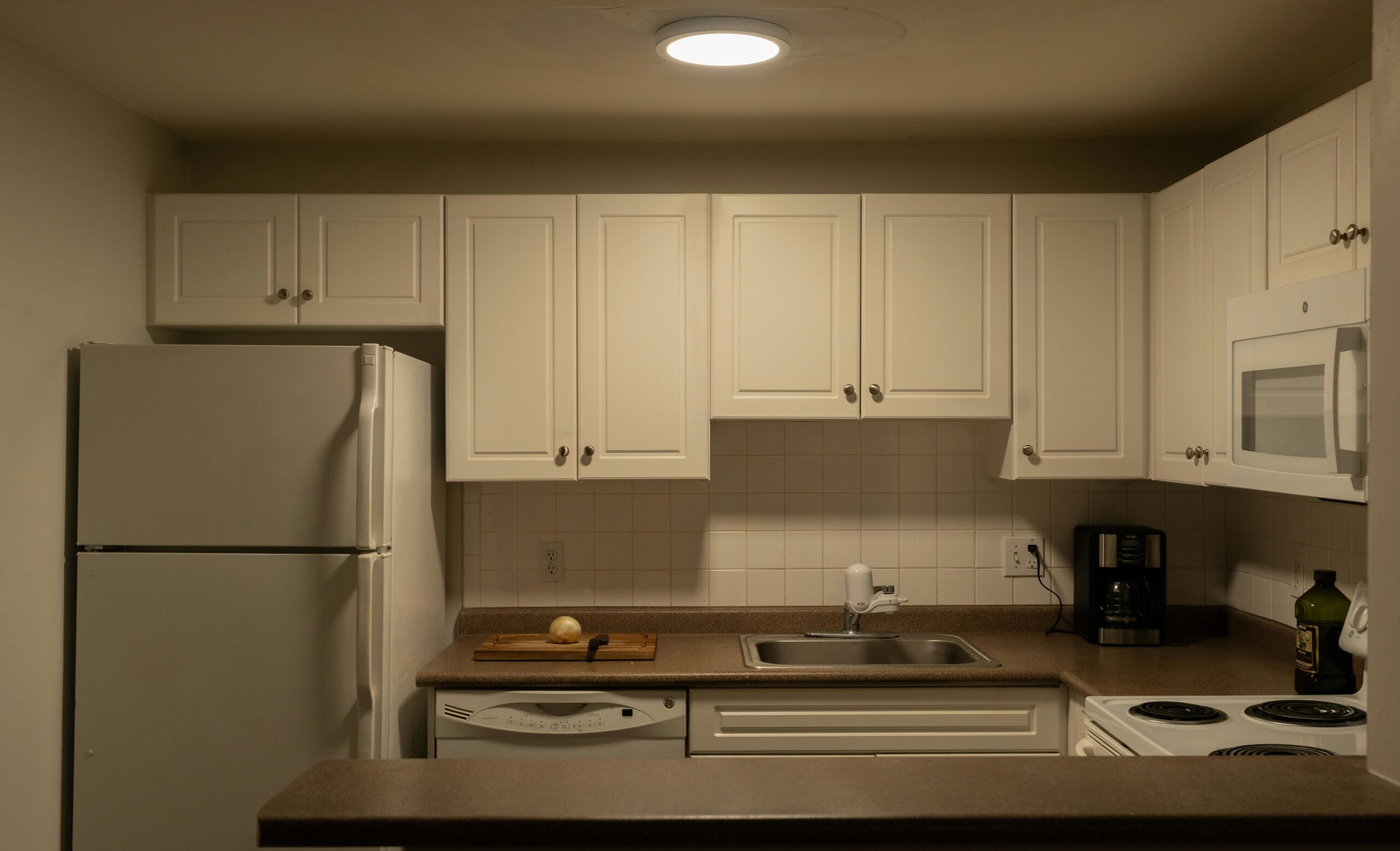Refrigerant leaks are among the most common and concerning issues affecting air conditioning systems and heat pumps today. These leaks not only compromise the cooling efficiency of your HVAC system but also pose significant environmental hazards due to the nature of refrigerant chemicals. Understanding how to identify refrigerant leak symptoms in your AC, the environmental impact of these substances, and the importance of prompt professional repair can save you money while protecting our planet. This article explores the telltale signs of leaks, their effects on performance, environmental considerations, and what to expect when seeking repairs.
Understanding Refrigerant: Function and Types
Refrigerant is the lifeblood of any cooling system, circulating through your air conditioner or heat pump to absorb heat from indoor air and release it outside. Unlike fuel, refrigerant isn’t consumed during normal operation—it continuously cycles through the system in a closed loop. Modern systems typically use hydrochlorofluorocarbons (HCFCs) like R-22 (being phased out) or hydrofluorocarbons (HFCs) like R-410A, though newer, more environmentally friendly alternatives are emerging in response to environmental concerns.
When your system operates with the correct refrigerant charge, it runs efficiently, providing optimal cooling comfort. However, leaks disrupt this balance, forcing your system to work harder while delivering less cooling power. This inefficiency not only results in discomfort but also significantly increases energy consumption and operational costs.
Common Refrigerant Leak Symptoms AC Owners Should Recognize
Recognizing refrigerant leak symptoms in your AC early can prevent more extensive damage and higher repair costs. The most obvious sign is diminished cooling performance—your system runs continuously but struggles to reach the temperature set on your thermostat. This occurs because insufficient refrigerant means reduced heat transfer capacity, leaving your home uncomfortably warm despite the AC running at full capacity.
Another indicator is unusually high electricity bills without a corresponding increase in usage. When refrigerant levels drop due to leaks, your system compensates by running longer cycles, consuming more energy to achieve minimal cooling. You might also notice ice formation on the evaporator coils or outdoor unit copper lines, which happens when pressure drops in the system due to refrigerant loss.
A hissing or bubbling sound near your indoor unit often indicates refrigerant escaping from the system. Additionally, your home may experience unexpected humidity issues, as an AC not cooling properly due to a refrigerant leak also fails to adequately dehumidify the air.
HVAC Refrigerant Environmental Impact Concerns
The environmental consequences of refrigerant leaks extend far beyond your home’s comfort. Many refrigerants, particularly older types like R-22, are potent greenhouse gases with global warming potentials hundreds or thousands of times greater than carbon dioxide. When released into the atmosphere, these chemicals contribute significantly to climate change and ozone depletion.
One pound of R-22 refrigerant has the equivalent global warming impact of approximately two tons of carbon dioxide. Given that a standard residential system might contain three to five pounds of refrigerant, even a small leak can have substantial environmental consequences. This environmental hazard explains why refrigerant handling is strictly regulated and why proper disposal and recovery are legally mandated during HVAC service.
The HVAC refrigerant environmental impact has prompted international agreements like the Montreal Protocol and subsequent amendments that phase out the most harmful refrigerants. Manufacturers now produce systems using refrigerants with lower environmental impacts, but proper maintenance remains essential to prevent leaks in systems of all ages.
Diagnosing and Repairing Refrigerant Leaks
When your AC is not cooling due to a refrigerant leak, proper diagnosis requires professional expertise. A certified HVAC technician will use specialized tools such as electronic leak detectors, ultraviolet dyes, or nitrogen pressure tests to locate even minute leak points in your system. DIY refrigerant handling is both illegal and dangerous—certified professionals must handle these chemicals according to EPA regulations.
The cost to fix a refrigerant leak can vary significantly based on the leak’s location and severity. Simple leaks at accessible connection points might cost $200-$400 to repair, while leaks in coils or components that require extensive disassembly could range from $400-$1,500 or more. Additionally, the refrigerant recharge itself adds to the expense, with costs varying by refrigerant type and amount needed.
Finding a certified HVAC technician for refrigerant leak repair is essential for both effectiveness and legal compliance. Technicians must have EPA Section 608 certification to handle refrigerants legally. Services like AskHomey can help connect homeowners with qualified professionals who have the proper certifications and experience to address refrigerant issues safely and effectively.
Preventing Future Refrigerant Leaks
Prevention is always preferable to repair when it comes to refrigerant leaks. Regular professional maintenance, typically recommended twice yearly, allows technicians to identify potential leak points before they develop. During these inspections, professionals check refrigerant pressure, examine connection points, and assess component condition to catch early warning signs.
Quality installation makes a significant difference in system longevity and leak prevention. Systems installed by inexperienced technicians may have improper connections or stressed components that develop leaks prematurely. Similarly, using components from reputable manufacturers reduces the risk of material failures that could lead to leaks.
Proper care of outdoor units also helps prevent leaks. Keep the area around your condenser clean and free of debris, avoid placing items on or against the unit, and ensure landscaping maintains adequate clearance for airflow and service access.
For more tips and to connect with reliable home service professionals, follow AskHomey on Facebook and Instagram.



